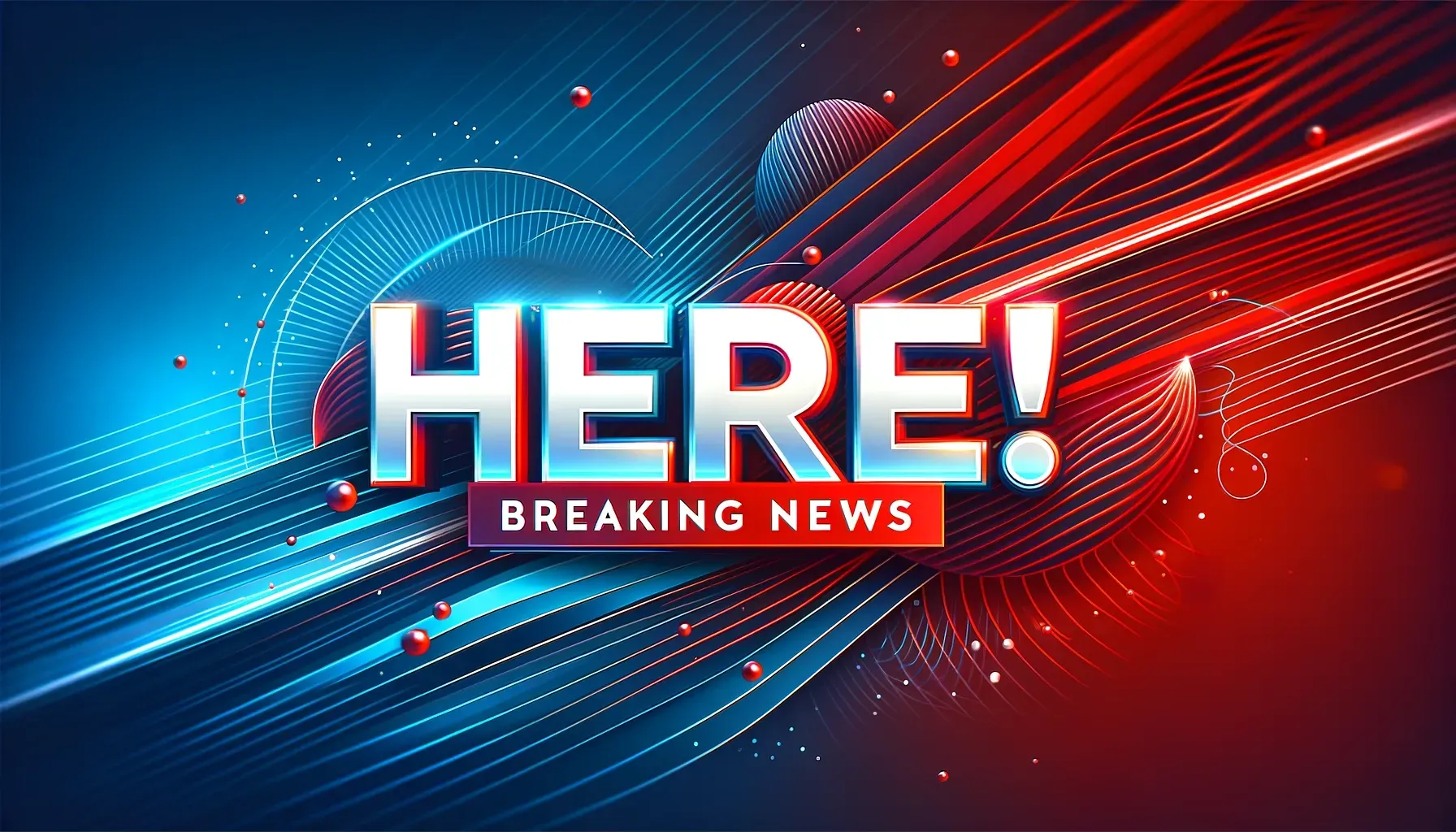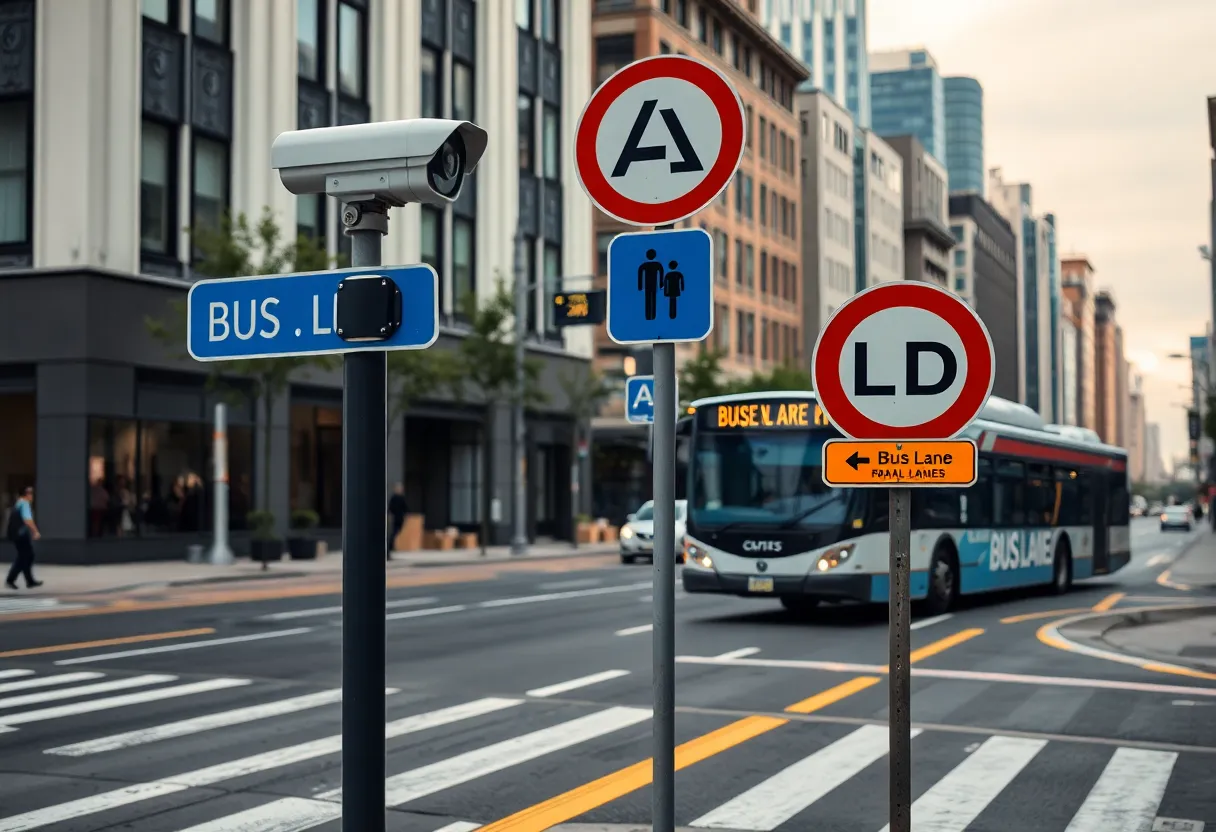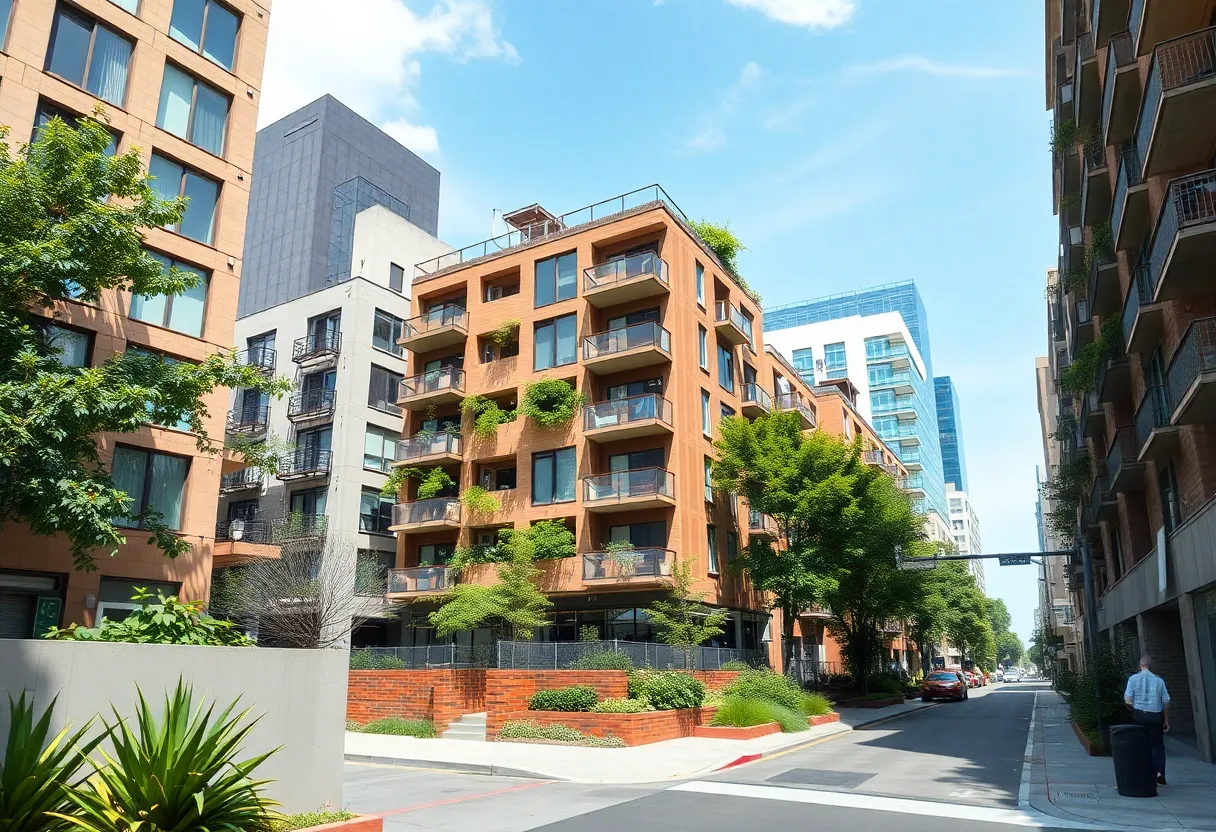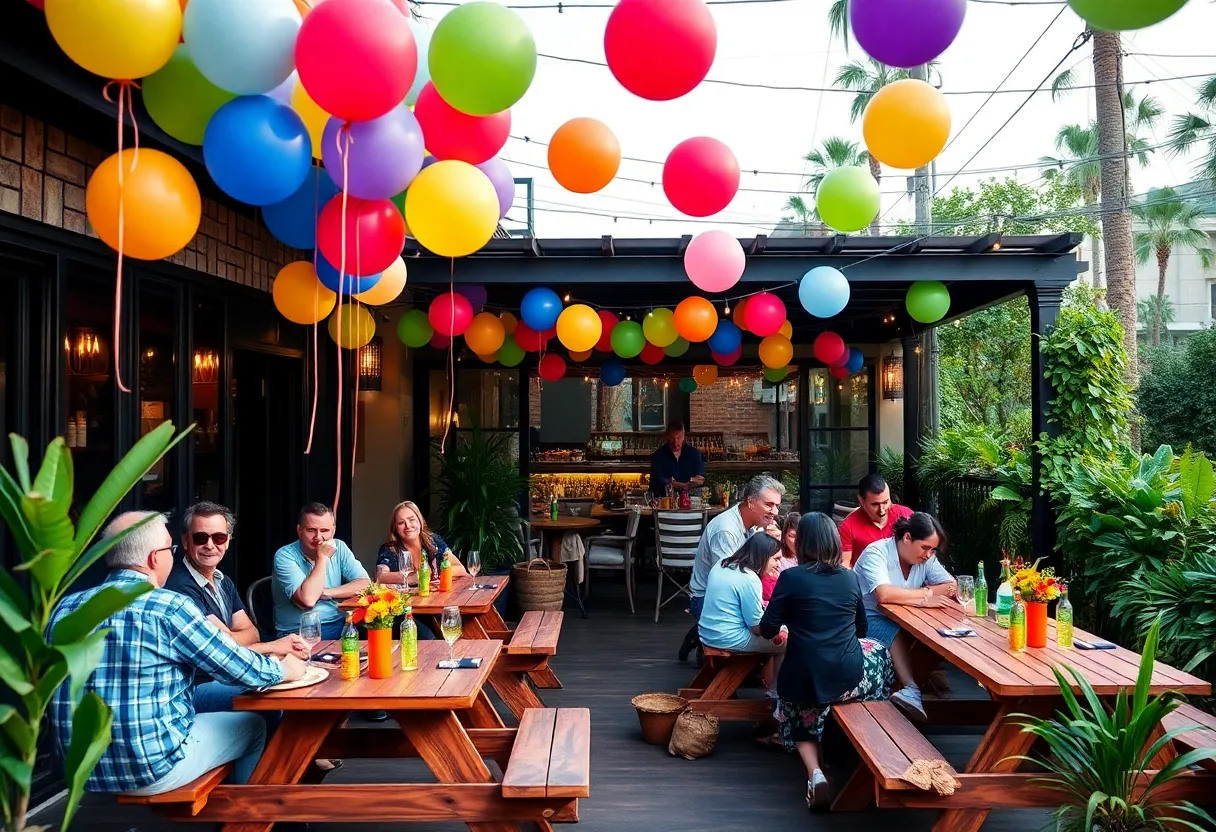News Summary
West Hollywood and Santa Monica have implemented an AI camera system for enforcing bus lane regulations, expanding penalties for lane obstructions. Fines of $293 per violation will be imposed after a 60-day grace period beginning July 1. This initiative aims to enhance public transit efficiency and minimize traffic disruptions caused by parked vehicles in dedicated bus lanes, ultimately improving services for passengers and ensuring compliance with bus lane rules.
West Hollywood and Santa Monica have recently launched an AI-powered bus lane enforcement program, which officially expanded on July 1, 2025. The initiative penalizes vehicles obstructing LA Metro bus lanes and stops with fines totaling $293 for each violation. This enforcement program is part of a broader effort to improve public transit efficiency and address traffic congestion in both cities.
To ease the transition to this new enforcement system, there will be a 60-day grace period during which motorists will receive warning notices instead of citations. This warning phase will remain in place until September 2, 2025. After this period, violators will be subject to full fines.
The designated enforcement area in West Hollywood includes both sides of North La Brea Avenue from Fountain Avenue to Romaine Street, specifically impacting the 212 bus line. Similarly, the Santa Monica area, which includes the Big Blue Bus system, will experience the same grace period and enforcement measures.
Key to the success of this initiative is the deployment of an AI camera system that scans license plates of vehicles infringing on bus lanes. Data collected by the cameras will be verified by human officials, ensuring that citations, which are mailed to the offending vehicle’s registered owner, are justified. The rollout includes the installation of 100 camera systems on buses to help monitor compliance.
The AI-powered enforcement program is a collaborative effort spanning five years between the LA County Metropolitan Transportation Authority (Metro) and Hayden AI. Previously, similar enforcement strategies were applied in Los Angeles city streets, where nearly 10,000 tickets were issued within the initial two months of this enforcement program.
The Santa Monica Big Blue Bus system, which serves approximately 13.3 million riders annually across a 58-square-mile area, had a pilot program in 2023 that detected an average of eight violations per bus per day. Over the course of 45 days, this equated to more than 600 violations. The new enforcement mechanism aims to minimize such disruptions to improve the overall reliability of public transportation.
With an objective of reducing delays caused by obstructing vehicles, dedicated bus lanes are crucial for alleviating traffic congestion. The introduction of fines is expected to encourage compliance, ensuring these lanes remain clear for public transit. Additionally, the program aims to support passengers with disabilities who may face challenges when accessing buses that are blocked by other vehicles.
Revenue generated from the citation fines will be distributed, with 75% allocated to Metro and 25% directed to the Los Angeles Department of Transportation (LADOT). As part of privacy measures, the AI system will retain evidence of traffic violations for up to six months while deleting images of non-violating vehicles within 15 days.
The lines included under this new enforcement regime comprise the 212, 720, 910, 950, and 70 routes. A similar camera-powered enforcement system has also been implemented in Culver City, with fines structured similarly to those in the LA Metro program.
Metro anticipates that this AI-driven enforcement approach will significantly improve the on-time performance of public transit services in West Hollywood, fostering a more reliable and efficient transportation network for residents and visitors alike. The carefully monitored deployment aims to ensure that the benefits of improved bus service outweigh any potential inconveniences to motorists, ultimately contributing to better traffic flow and public transit accessibility in both West Hollywood and Santa Monica.
Deeper Dive: News & Info About This Topic
HERE Resources
Los Angeles Cultural Renaissance: Getty Villa and LACMA Reopening
Elotes Los Santaneros Enhances LA Culinary Scene with Gourmet Golf Carts
Federal Immigration Raids Spark Protests in Los Angeles
California Weekly Roundup Highlights Key Developments
Protest Against Palantir’s Collaboration with ICE in West Hollywood
Consumer Debt in the U.S. Surpasses $1 Trillion
Los Angeles Mayor Enacts Curfew Amid Immigration Protests
Whole Foods Faces Supply Shortages Following Cyberattack
Congressional Representatives Denied Access to Detention Facility in Los Angeles
Los Angeles Celebrates Pride Amidst Ongoing Protests
Additional Resources
- KTLA: AI Cameras Begin Ticketing Bus Lane Violators in 2 More L.A. County Cities
- Wikipedia: Public Transport
- Secret Los Angeles: WeHo Bus Lane Enforcement Program
- Google Search: Bus Lane Enforcement California
- Business Wire: Hayden AI Powers Major Expansion of Automated Bus Lane Enforcement
- Encyclopedia Britannica: Artificial Intelligence
- WeHo Online: Bus Lane Enforcement Program Begins July 1
- Google Scholar: Automated Bus Lane Enforcement
- GovTech: AI-Powered Cameras Have Issued Nearly 10,000 Tickets in L.A.
- Google News: AI Bus Lane Enforcement

Author: STAFF HERE HOLLYWOOD
The Hollywood Staff Writer represents the experienced team at HEREHollywood.com, your go-to source for actionable local news and information in Hollywood, Los Angeles County, and beyond. Specializing in "news you can use," we cover essential topics like product reviews for personal and business needs, local business directories, politics, real estate trends, neighborhood insights, and state news affecting the area—with deep expertise drawn from years of dedicated reporting and strong community input, including local press releases and business updates. We deliver top reporting on high-value events such as the Hollywood Bowl summer concerts, the Hollywood Christmas Parade, film premieres at TCL Chinese Theatre, and festivals at the Magic Castle. Our coverage extends to key organizations like the Hollywood Chamber of Commerce and Visit Hollywood, plus leading businesses in entertainment, dining, and tourism that define the local economy. As part of the broader HERE network, including HERELosAngeles.com, HEREBeverlyHills.com, HEREAnaheim.com, and HEREHuntingtonBeach.com, we provide comprehensive, credible insights into Southern California's dynamic landscape.





